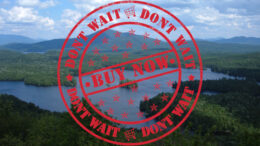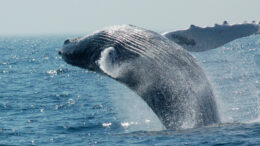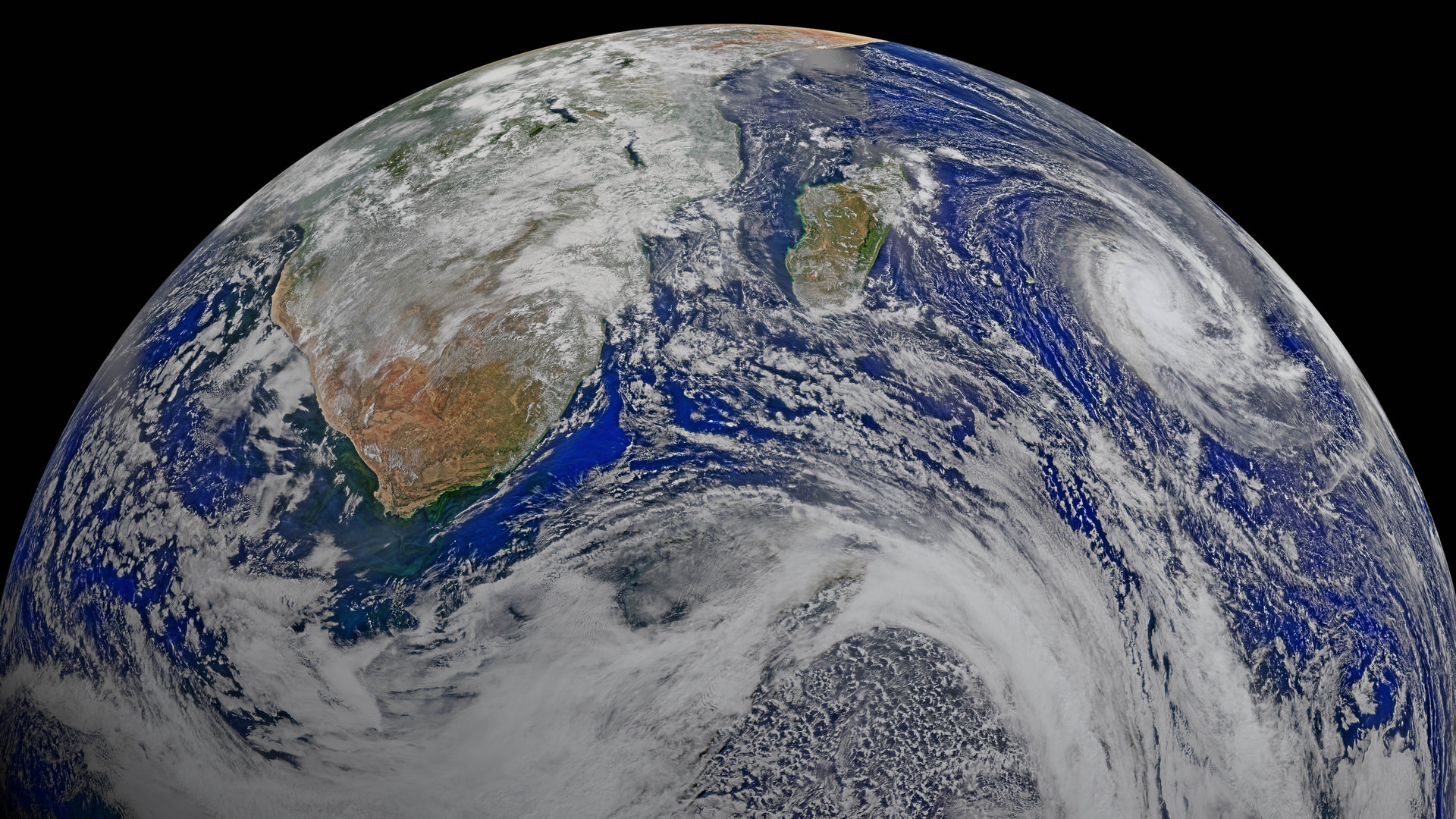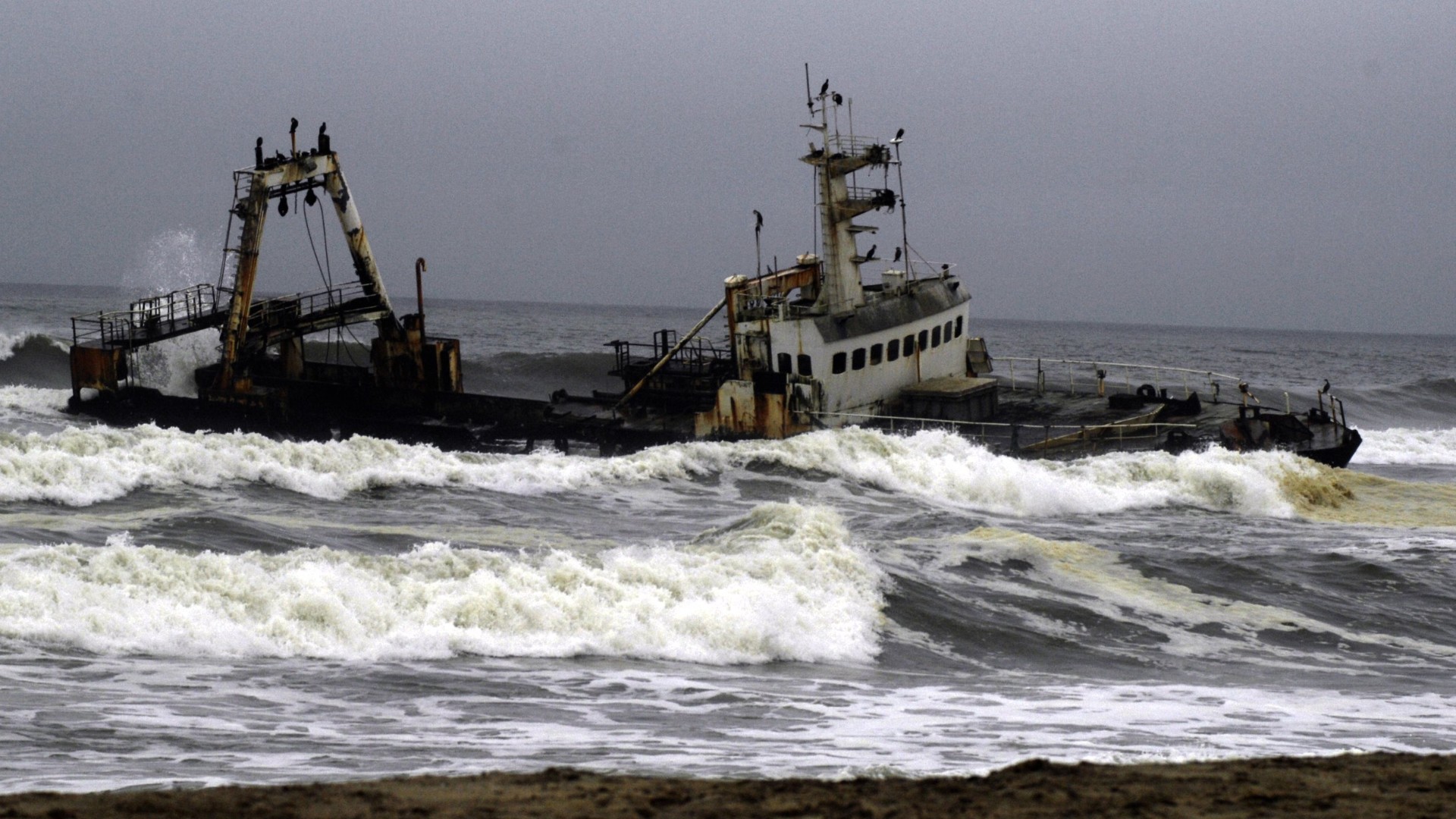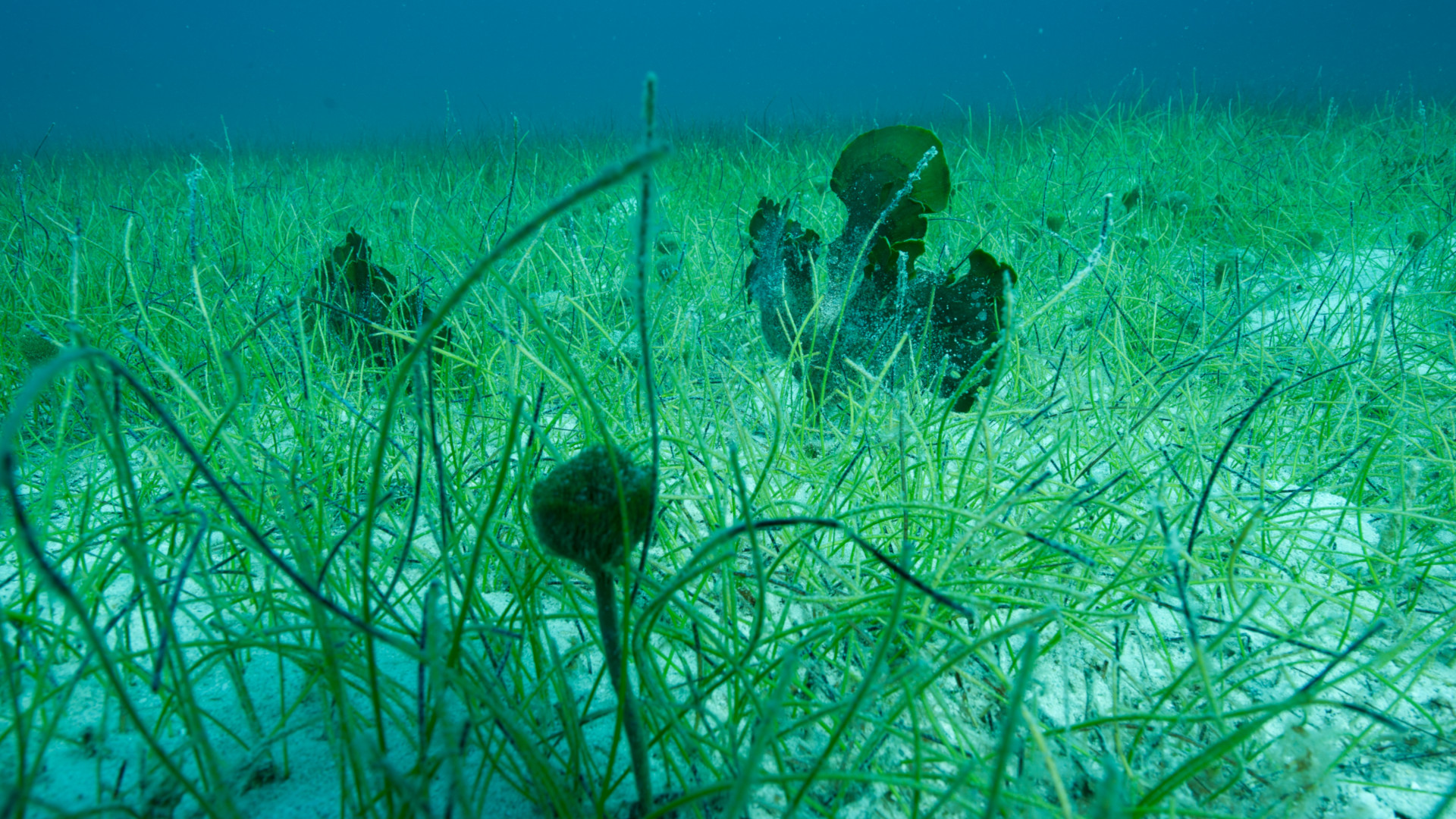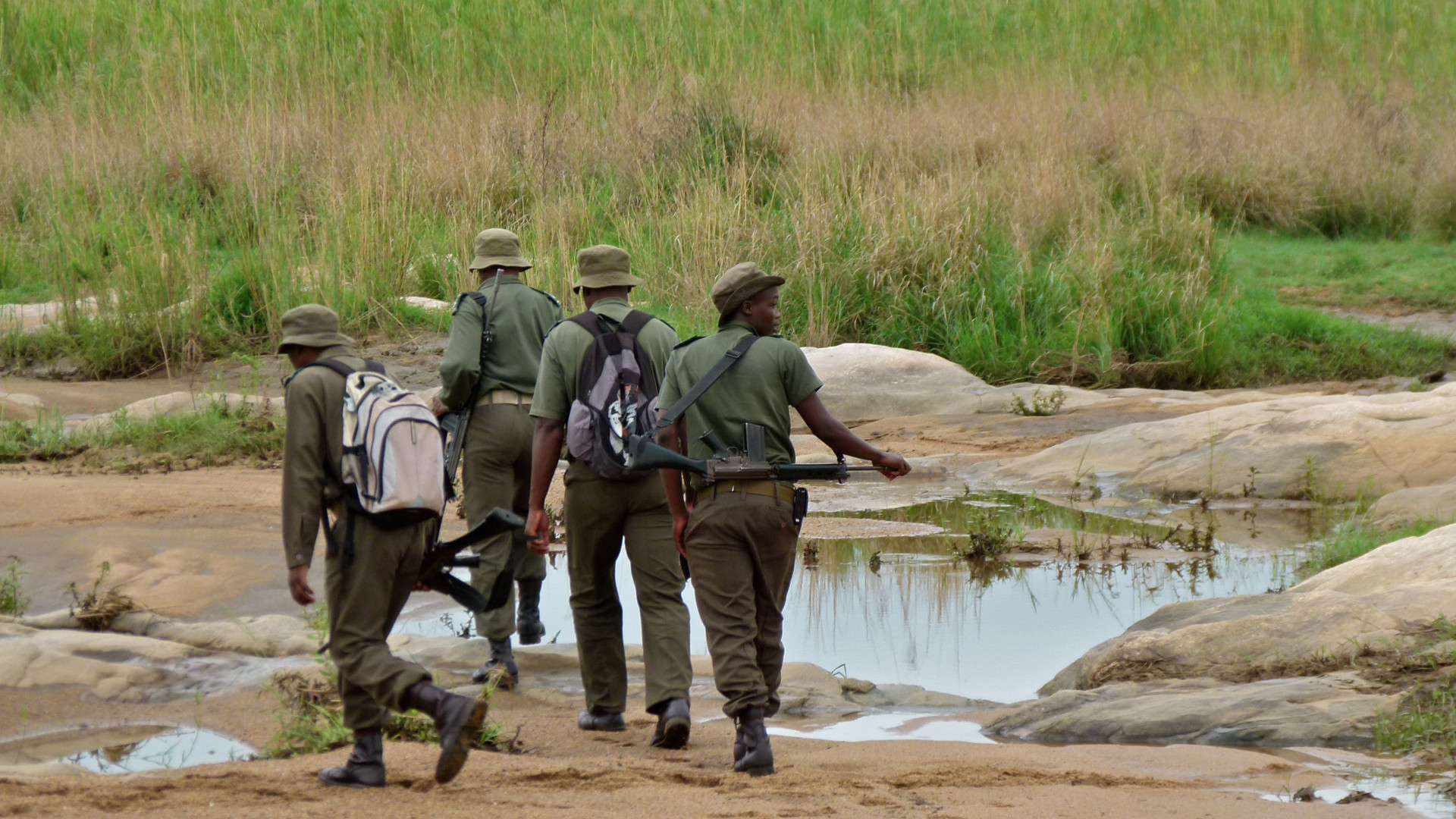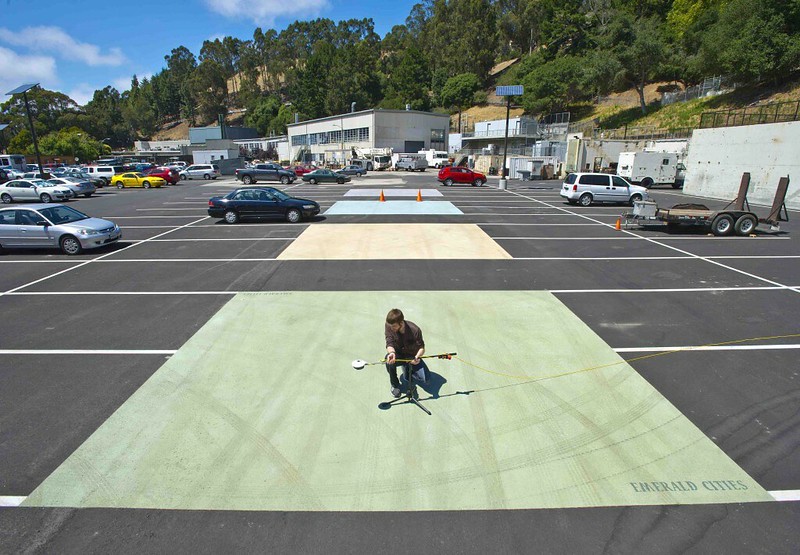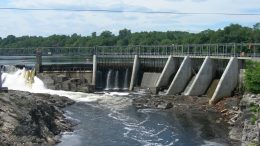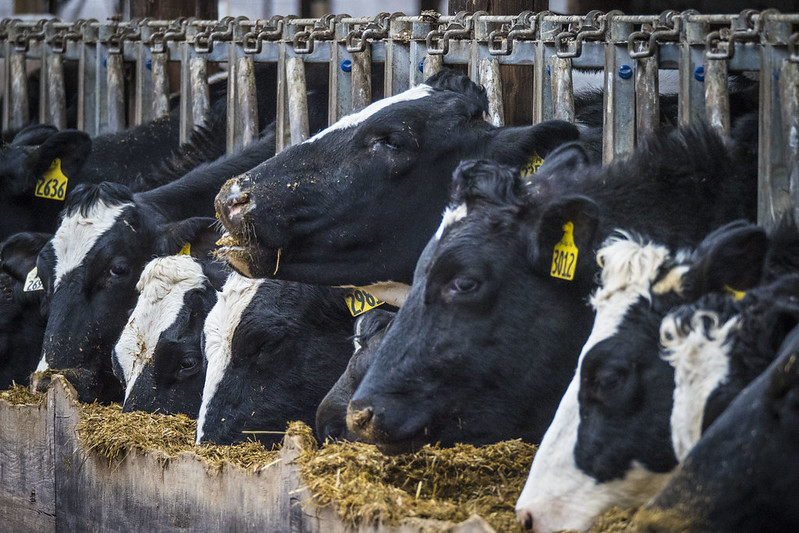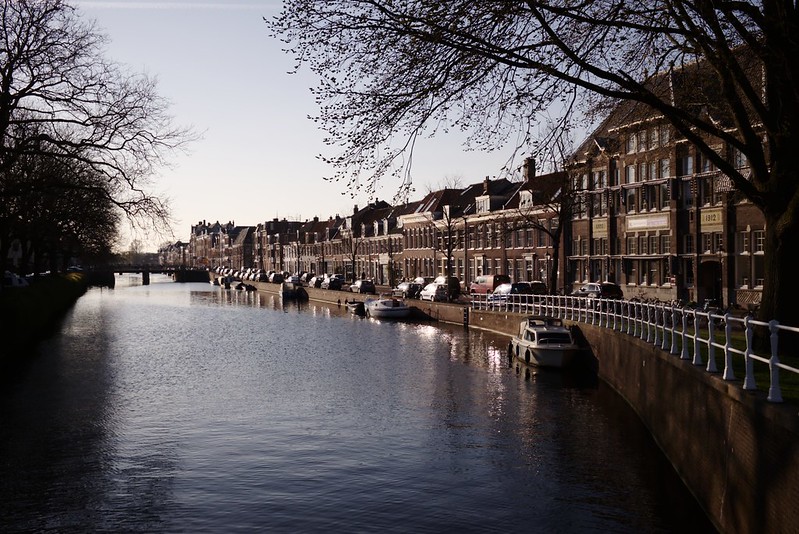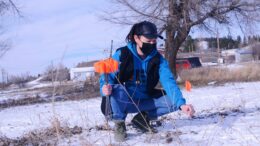Maine’s Androscoggin Land Trust just achieved a goal some thought it wouldn’t be able to achieve: It purchased the 95-acre Camp Gustin, located about 30 miles southwest of the state capital, for $415,000. The Trust, which solicited public donations to conserve the land, was able to complete the acquisition after it secured a loan from nonprofit The Conservation Fund and a grant from the state.
Camp Gustin was named after Charles Gustin, who donated the land to the Boy Scouts of America’s Pine Tree Council in the 1940s after his sons attended a scouting camp on the coast. Gustin’s descendants made a public plea last year to preserve the property, which the Pine Tree Council planned to sell to the highest bidder to contribute to its share of the Boy Scouts of America’s $2.46 billion victim compensation fund tied to its now-infamous child sexual abuse cases.
“It’s a very proud moment for them because they were very scared that the Pine Tree Council was going to sell to developers,” says Aimee Dorval, the Androscoggin Land Trust’s executive director.
The acquisition is part of a larger effort by the Trust to conserve hundreds of acres of land in Maine at risk of development. Dorval says it plans to open the camp to the public for camping and other recreational activities — and will also continue to allow Boy Scouts to use the land.
View this post on Instagram
The ability to preserve land like Camp Gustin remains a source of worry for many conservationists — not just in Maine but around the country.
The Boy Scouts of America and their local councils intend to sell thousands of acres of land — including properties where some of the abuse took place — to compensate sexual abuse victims.
This September a judge in Delaware allowed the national organization to exit Chapter 11 bankruptcy and continue operating while settling decades of claims by more than 80,000 men who allege they were abused by troop leaders as children. The Scouts filed for bankruptcy in February 2020 amid declining membership and mounting legal costs from the lawsuits.
To help pay for the compensation fund, the Boy Scouts’ local councils are legally required to contribute at least $515 million.
Scouting Land
For more than a century, the Boy Scouts have acquired most of their land through gifts and charitable donations made by people who wanted these properties preserved.
It’s unclear how much land belongs to the national Boy Scouts, because some properties are owned and managed by the organization’s more than 250 local councils, which are separate nonprofits, “distinct and financially independent from the national organization,” the Boy Scouts of America says in a statement. By some estimates, the local Scout councils own 2,000 camp properties, worth billions of dollars.
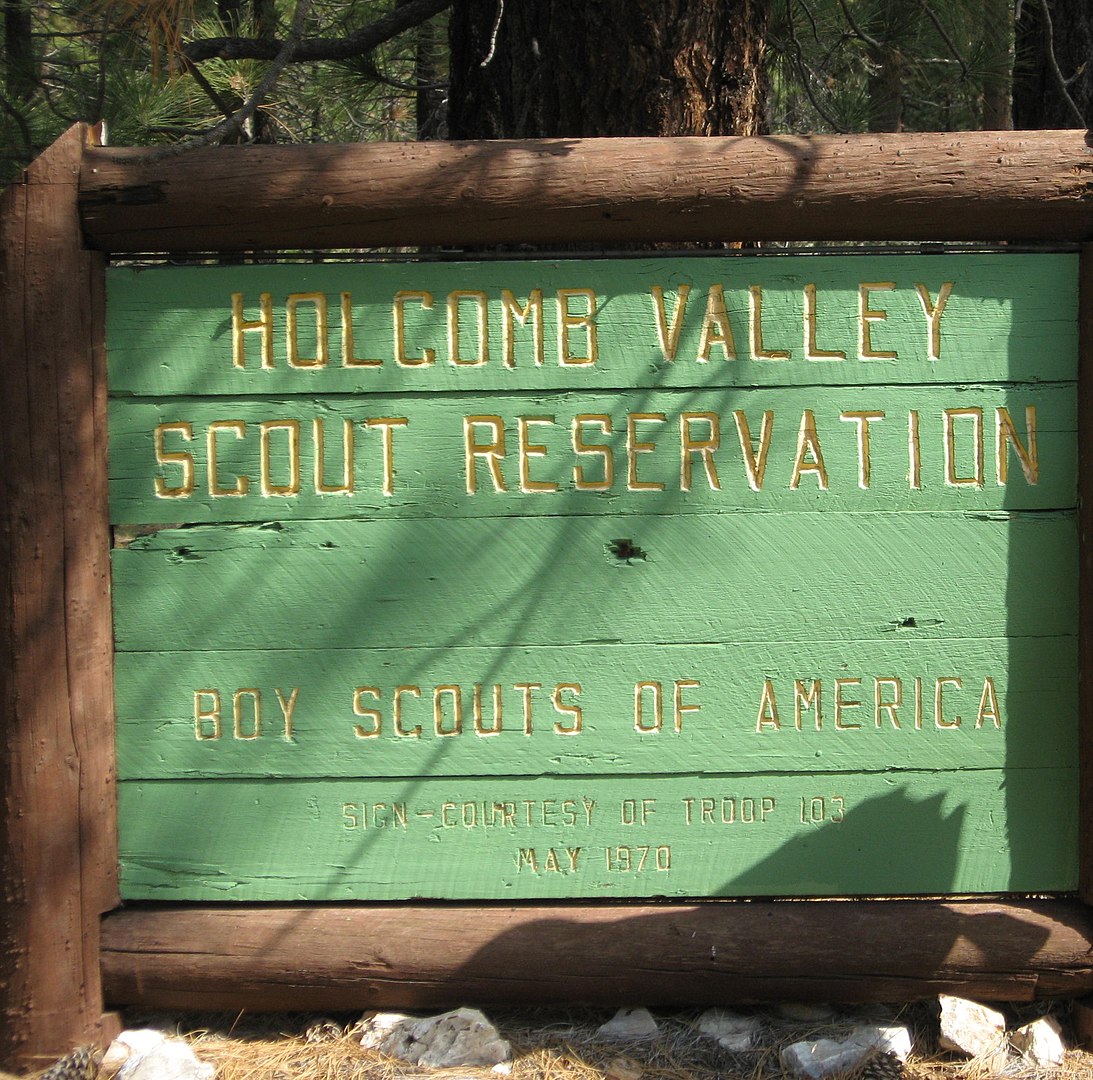
Each local council receives a charter, much like a franchise agreement, from the national Boy Scouts organization. A local council’s charter can be revoked at any time by the national organization, according to the Boy Scouts bylaws.
Without a charter, a local council’s land would become the property of the national organization.
Environmental groups and government officials are trying to find ways to conserve this land before the Boy Scouts and councils sell it off to developers. They find themselves juggling the organization’s desires for quick turnover and maximum profit while also respecting the fact that some of these sites are places where horrific events took place.
If they succeed, it would further the better aspects of the Boy Scouts’ legacy: The Scouts have a long history of conserving land, some of which are highlighted in the organization’s Conservation Handbook.
Today the Boy Scouts’ conservation efforts are threatened by their own debt to the thousands of people they harmed. Critics say they’re selling off land to the highest bidder without consideration for the environment — or the tenants of the organization.
After months of emails and calls, Boy Scouts of America could not be reached for comment.
But other groups went on the record.
Close Calls
Conservation groups across the country represent one of the primary efforts to buy land from the Scouts’ local councils.
They don’t always succeed.
In 2019 the Michigan Crossroads Council of Boy Scouts sold Silver Trails Scout Reservation, a 270-acre campground near Port Huron. A nonprofit called Thumb Land Conservancy tried to buy it but lost out when the Scouts sold it to a gravel-mining company for $1.8 million.
More recently, in June, Seneca Waterways Council in New York voted to sell Camp Babcock-Hovey, a 293-acre campground on the shore of Seneca Lake that opened in 1937. The buyer of this $8 million property has not been disclosed, and calls to the national Boy Scouts press office remain unanswered.
The council will continue to operate the camp until October.
“The loss of Camp Babcock-Hovey is painful, especially for those who have spent treasured weeks of their Scouting careers there, or more than that, have dedicated significant portions of their lifetimes caring for that beautiful camp and providing leadership for its staff and campers,” wrote the council’s executive committee in June, explaining its decision to close the camp.
Other councils in New York face similar choices.
Camp Barton, which operated as a Boy Scout camp for more than a century, is among those on the chopping block.
Fred Bonn, regional director of New York state parks in the Finger Lakes where Camp Barton is located, says the state is working with three municipalities to buy 96 of the 130 acres of the former camp.
While the state parks department will buy the land, Bonn says the property — which will become a public park — will ultimately be managed by the cities of Covert, Ulysses and Trumansburg.
The remaining 34 acres of Camp Barton have been sold, says Bonn, adding that he doesn’t know if the buyer plans to develop the land or not.
Developers came close to buying the Deer Lake Scout Reservation in Killingworth, Connecticut.
After a yearlong battle, the Connecticut Yankee Boy Scouts Council agreed in September to sell Deer Lake, which was named in a 2012 lawsuit as a site where abuse took place, to Pathfinders, Inc., a local nonprofit that says it will maintain the property as a camp.

Connecticut Senator Richard Blumenthal praised the move, writing on Twitter: “This precious natural treasure will be an enduring legacy for generations of nature lovers thanks to a great activist partnership. It’s a proud moment for the conservation movement.”
The council previously rejected Pathfinders’ offer to buy the land for $2.4 million.
Fearing the land would be lost to developers, Sen. Blumenthal told the press in June that he was looking into the possibility of using federal funds from the National Park Service’s Land and Water Conservation Fund to help buy Deer Lake and other Boy Scout properties that are up for sale around the country.
The Federal Role — and Challenge
But getting the National Park Service involved in the purchase of Boy Scout properties can be “pretty complicated,” says Joel Lynch, who runs the agency’s state and local assistance programs, which includes the Land and Water Conservation Fund.
The federal program, funded primarily by revenue generated from offshore oil and gas leases, supports projects to protect natural resources across the country.
Lynch says the Fund is driven by state governments, which submit outdoor recreation plans to the National Park Service every five years to help fund projects that could include the purchase of former Boy Scouts properties.
“I do see all the projects, so I haven’t necessarily seen an uptick, but I’m almost expecting to see something,” he says.
The only way for the National Park Service to step in, Lynch says, is if the Boy Scout property is within the boundaries of land owned by the agency.
But no one knows how many properties the Boy Scouts and their local councils own in general, let alone the amount within National Park Service boundaries.
Even if there were a list, Lynch says, all state-submitted projects still must go through an approval process to receive money from the Land and Water Conservation Fund. That can often take so long that the property they want to purchase goes off the market.
A way around that, he says, is for a state to collaborate with a land conservancy. In some cases, these local organizations will purchase properties using their own funds because it’s simply faster.
Ironically, the Boy Scouts themselves historically worked with land conservancies, like The Trust for Public Land, to purchase properties across the country. This was the case for the William H. Pouch Scout Camp on Staten Island, which was nearly sold in 2010 when the Greater New York Councils of the Boy Scouts of America, the camp’s owner, could no longer afford to maintain it.
The Boy Scouts have also worked with the U.S. Forest Service to preserve land when they couldn’t.
Since as early as 1937, the Forest Service has acquired almost 9,000 acres of land from the Boy Scouts.
The last time the agency acquired land from the Boy Scouts was in 2016. It has no plans of acquiring more, a Forest Service spokesperson wrote in an email.
Historic Atrocities
Some Boy Scouts property could be preserved from development thanks to a growing movement calling for the return of Native lands to Native nations so they can preserve it according to Tribal values. Most, if not all, of the property owned by the Boy Scouts and their local councils is on land stolen from Indigenous peoples.
“Landback is the literal reclamation of land of Indigenous peoples who’ve been forcibly removed from their lands on behalf of colonialism,” says Krystal Two Bulls, director of NDN Collective’s landback campaign. “But it’s also the reclamation of everything stolen from us.”
View this post on Instagram
Two Bulls says Native nations are forming land conservancies to acquire ancestral lands. Many of these Native-led organizations don’t have the necessary funds to do this on their own, so they partner with government agencies or environmental groups to share costs — although even that is, in its own way, another element of colonization.
“I don’t think that we should have to purchase land that was stolen in the first place,” she says.
NDN Collective has a fund that lends money to tribes so they can buy their land back, including property currently owned by the Boy Scouts.
Because no one knows exactly how much property the Boy Scouts and their local councils own, it’s difficult to determine the land that’s been stolen and the Native nation it belongs to.
Reviewing records of treaties between the U.S. and Native nations is one way to try to find out, Two Bulls says.
“I think that’s how primarily we’ve been able to know that those are traditional territories, but I don’t underestimate Nations’ abilities to know through pre-colonial storytelling where they’re from because so many tribes have been displaced.”
At least one Native nation is trying to reclaim stolen land now for sale by the Boy Scouts.
The Esselen Tribe of Monterey County, in California, has put in a bid to buy Camp Pico Blanco in Big Sur from the Silicon Valley Monterey Bay Council.
When the land went up for sale, the nonprofit Western Rivers Conservancy agreed to pay for the property and transfer it to the Esselen Tribe.
But despite the Tribe’s deep ties to the land, the Silicon Valley Monterey Bay Council, as of September, has not yet chosen a buyer.
Eric Tarbox, the council’s deputy scout executive, told the Monterey Herald in April that Camp Pico Blanco was being sold not because of the sexual-assault judgments but due to damage caused by wildfires.
“Scouts are not able to use the camp and may not be able to for the foreseeable future,” Tarbox told the paper. “Most specifically, we are not selling it for financial need, but because Scouts can’t use it.”
Most of the listings for property owned by the Boy Scouts and their local councils, including Camp Pico Blanco, don’t mention anything about the land’s Indigenous history. They do, however, tout the organization’s conservation efforts at keeping the land pristine — although others dispute that characterization.
“These lands that national parks and public lands and conservation groups manage, they were not these untouched, pristine lands that need to be conserved,” says Two Bulls. “The reason they look the way that they do is because Native nations had been managing them and stewarding them since time immemorial. They are not untouched lands; they looked the way that they did because of us.”
The loss of Indigenous land led to the separation of families, loss of cultural identity, and genocide.
It’s only been since the end of the 20th century that Americans have started to confront the country’s violent history, says Amy Sodaro, author of the book Exhibiting Atrocity: Memorial Museums and the Politics of Past Violence.
“These sites of atrocity have meaning and need to be dealt with more carefully,” says Sodaro. “I think there is starting to be a shift here, but I think in many ways we’re kind of behind much of the rest of the world, because we’ve been powerful enough to not have to face our past and to be able to kind of ignore these sites.”
The Boy Scouts of America and their local councils can no longer ignore the fact that children were abused on some of their properties. Conservation groups, scouting advocates and victims have mixed feelings about what to do with this land. Whether properties continue to operate as campsites or if they’re sold — which happens on a regular basis around the country — these locations will now remain shrouded in the darkness of historic pain.
![]()
Previously in The Revelator:
30×30: How Important Are Private Lands in Meeting Conservation Goals?

